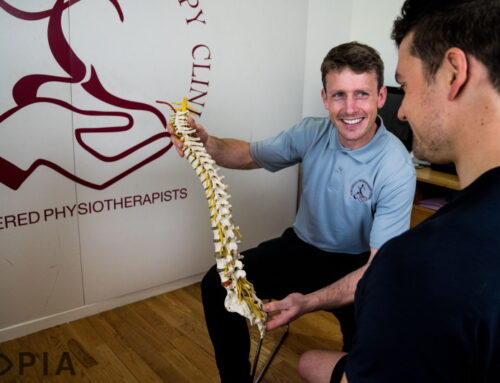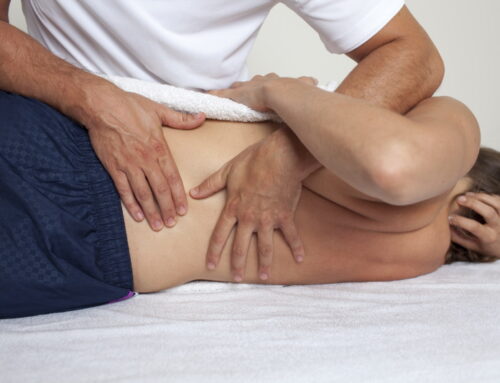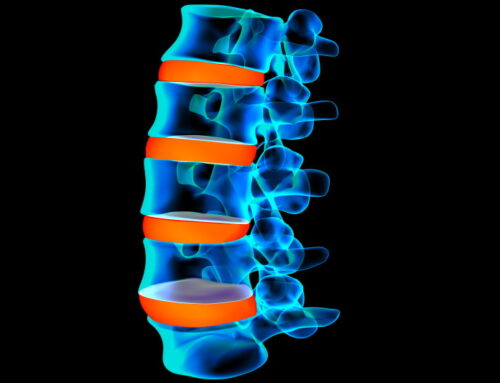Is Your Golf Game Suffering Due to Lower Back Pain?
Has anybody been following the news in professional golf recently? If you have you will know of the recent bout of lower back injuries that have been making golfing headlines. Four of America’s Ryder cup stars Tiger Woods, Jason Dufner, Matt Kuchar, and Steve Stricker are all currently out of action due to back pain and are in a fight to be fit for the start of this year’s Ryder Cup in Scotland. Should we be surprised? No! Injury statistics relating to golf tell us that just over half of all golf injuries reported are related to the lower back.
Movement of the Lower Back
Golf is often thought of as one of the less physically demanding sports, however, there are huge forces acting on the lower back during the golf swing. Our spine is made up of bony vertebrae and in between these vertebrae are the soft jelly like structures called discs which are very prone to injury. Attaching each vertebrae together are the facets joints which lie between and behind adjacent vertebrae. It is these facet joints that allow us to bend and rotate our back in multiple directions. In order to swing a golf club we need a certain degree of lateral bending, rotation and extension movement in the lower back. When performing these movements at speed there are significant stresses placed on the lower back.
Biomechanical forces acting on the lower back
Biomechanical research has shown us that compressive forces acting on the lower back during the golf swing can amount to up to eight times your body weight. By comparison, running only generates loads of up to four times your body weight. Even more alarming are the shearing or rotational forces acting on your lower back. Our lower backs are not built to withstanding large shearing or rotational forces yet in golf shearing forces acting on the lower back during the down swing can be as high as five times your body weight! Don’t think that that these types of forces are confined to the professional golfer either, In fact due to technical inefficiencies amateur golfers have been shown to generate 80% greater peak shearing loads on their lower back compared to professionals and so are even more at risk of injury.
Lower back Injury Prevention Exercises
With this knowledge in mind it is important that we do everything we can to keep our backs healthy and continue to enjoy our golf free of injury. In order to try and achieve this one of the main areas we need to work on is our lower and mid back mobility. Keeping the lower back mobile so it can move freely through range and absorb the forces acting on it during the golf swing is essential to staying injury free. Our lower backs do have some ability to rotate but not near as much as our mid back does. This is why it is essential that any golf stretching program incorporates mid back mobility exercises.
Please click on the following video below which demonstrates some exercises that can be useful for maintaining back mobility and will help reduce the risk of injury to the lower back when playing golf. We recommend that golfers incorporate these exercises into both the warm up and warm down routine in order to help maintain or improve lower back mobility and reduce the risk of injury.
If you are currently suffering from lower back pain and would like to have it assessed and treated by a chartered physiotherapist please call Portobello Physiotherapy at 01-4763330.






